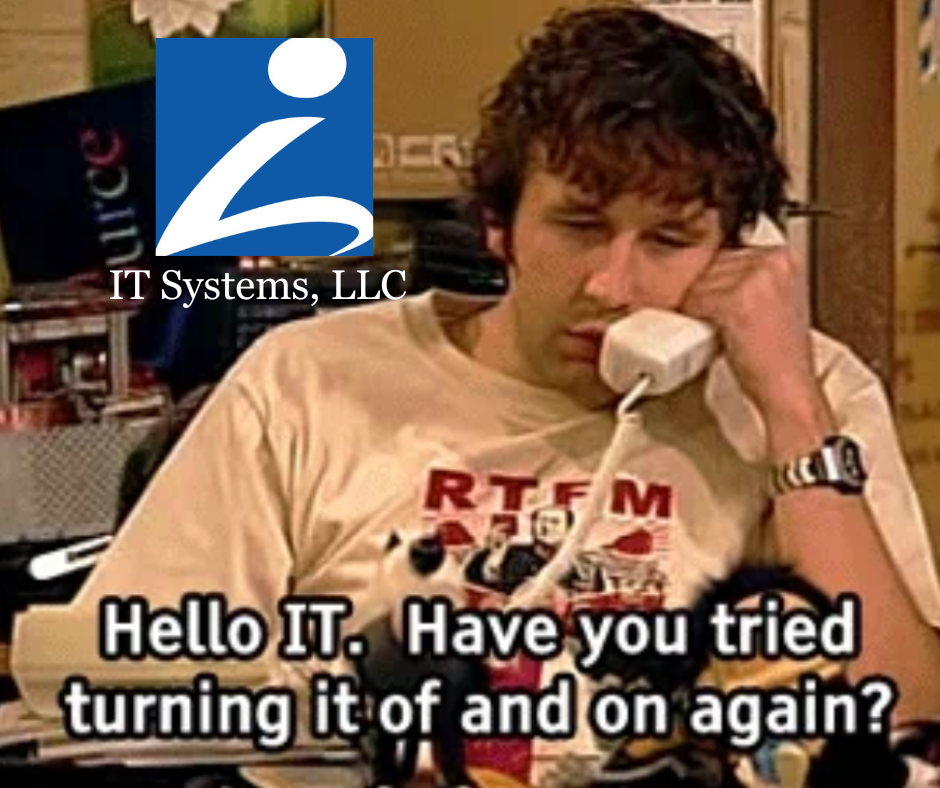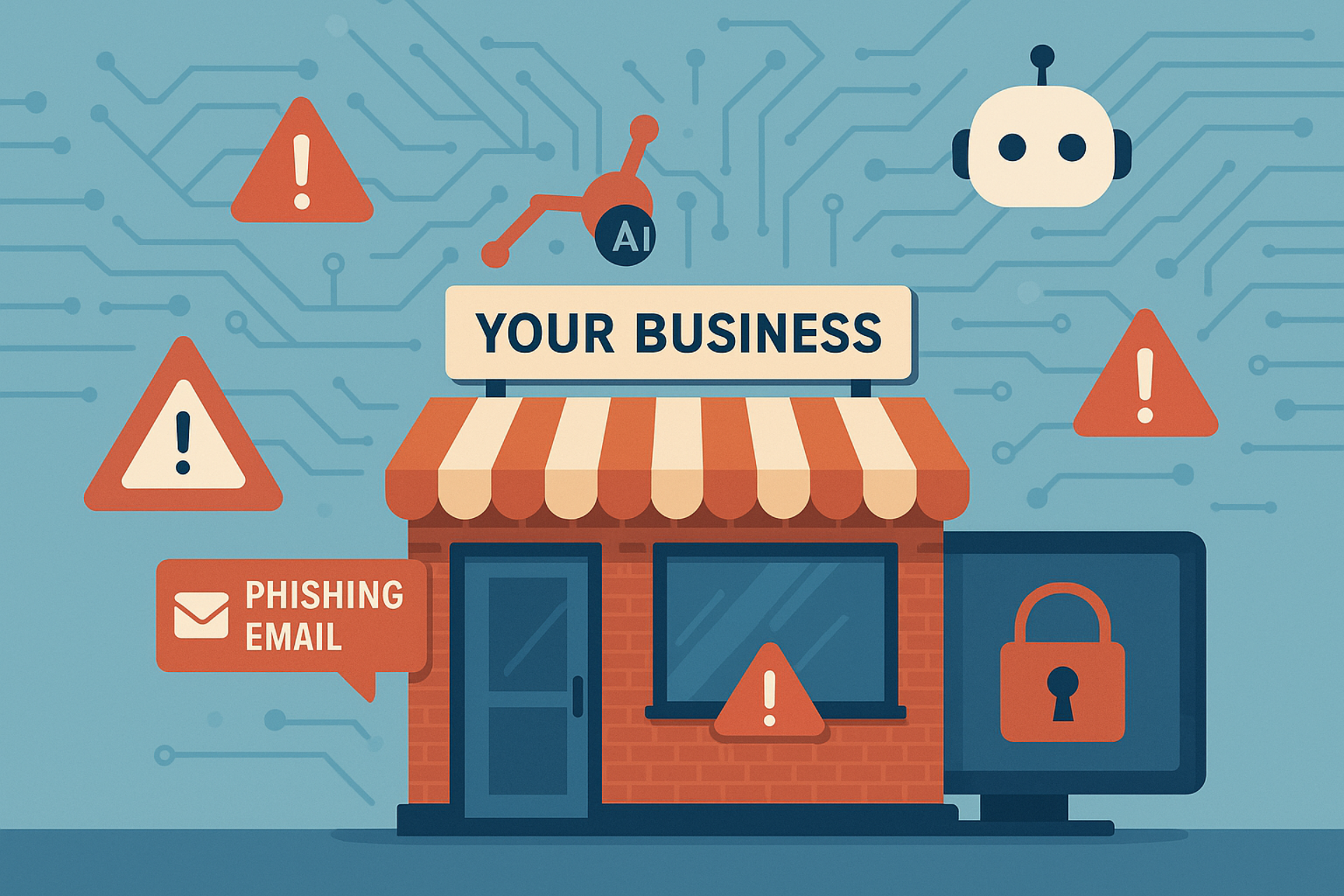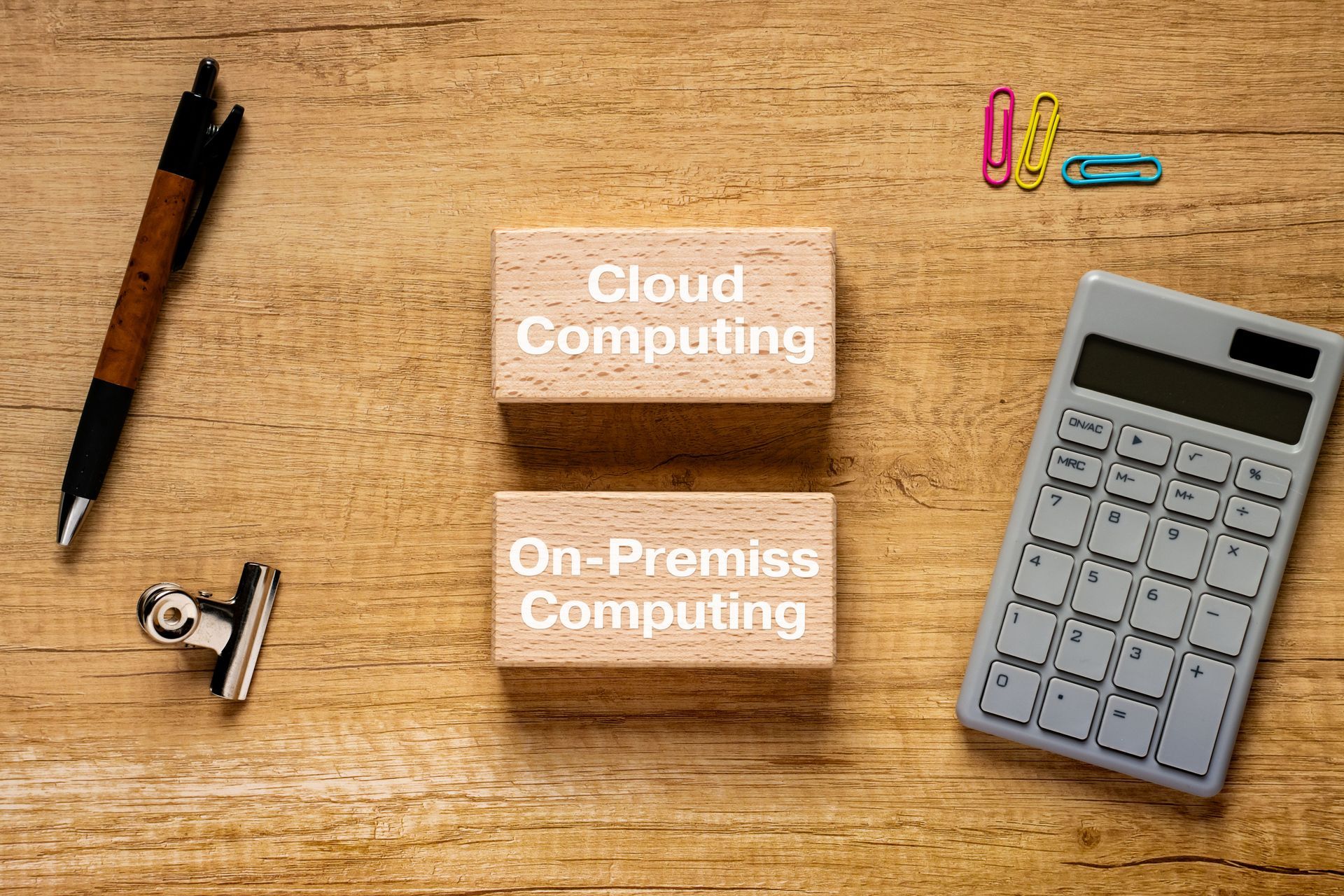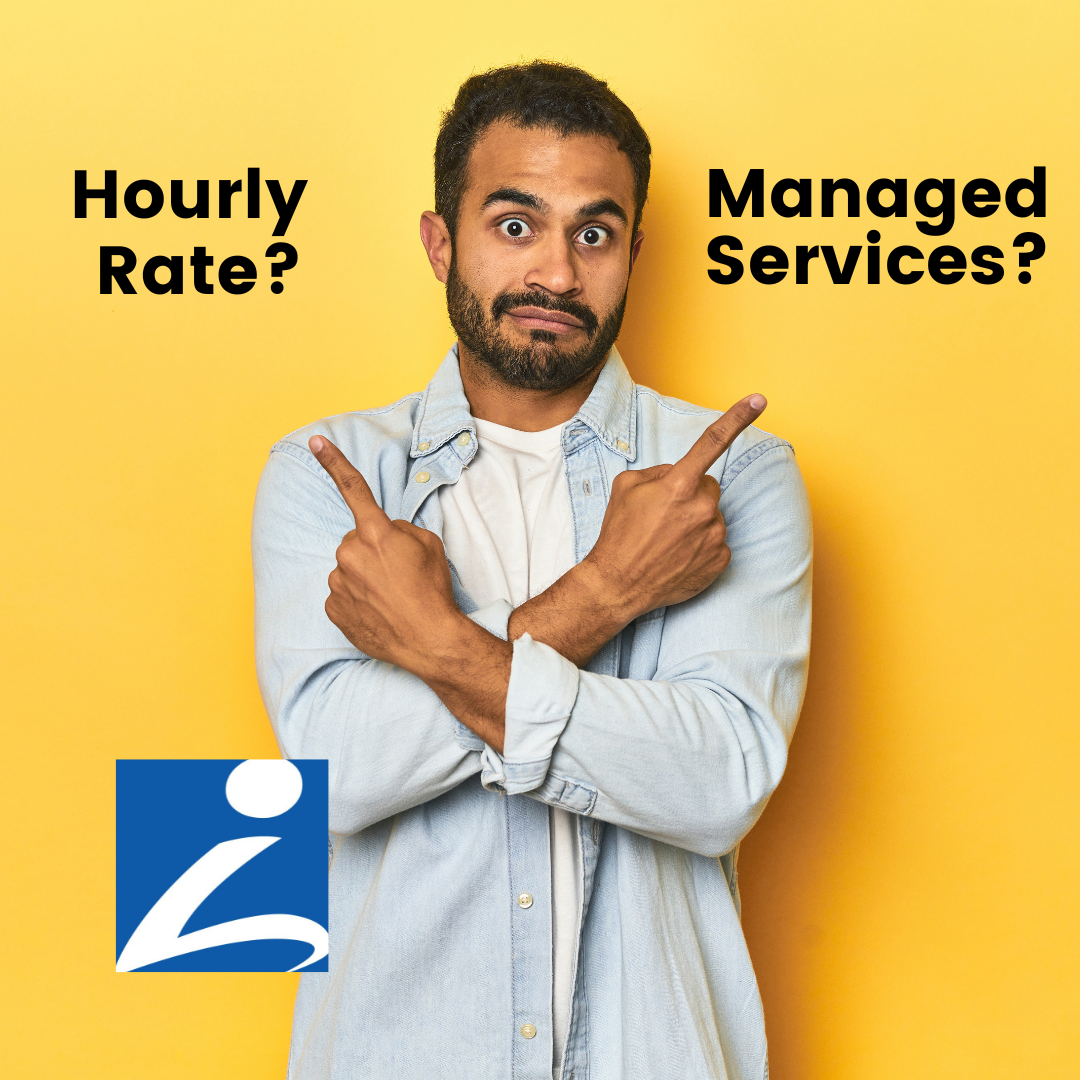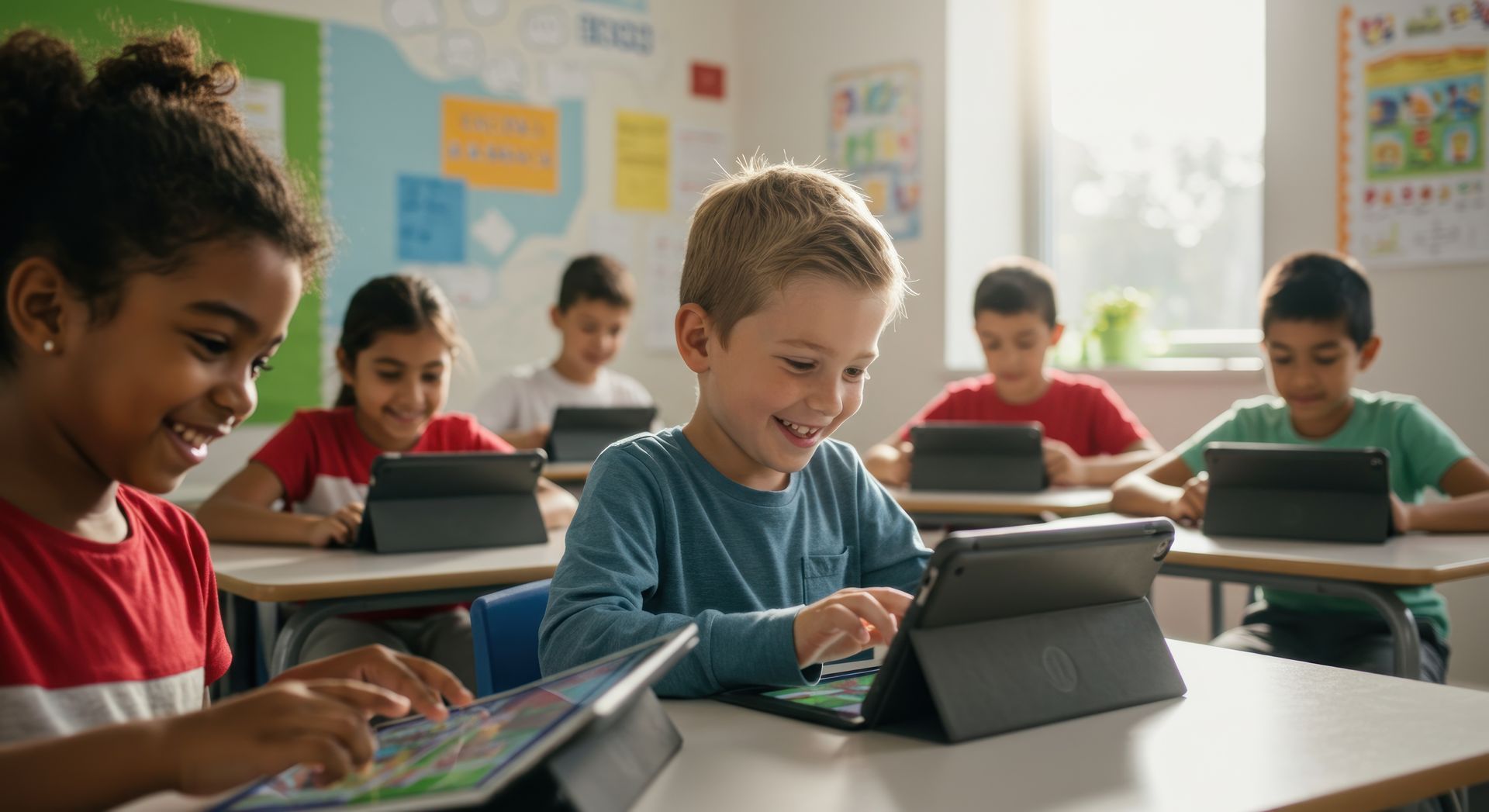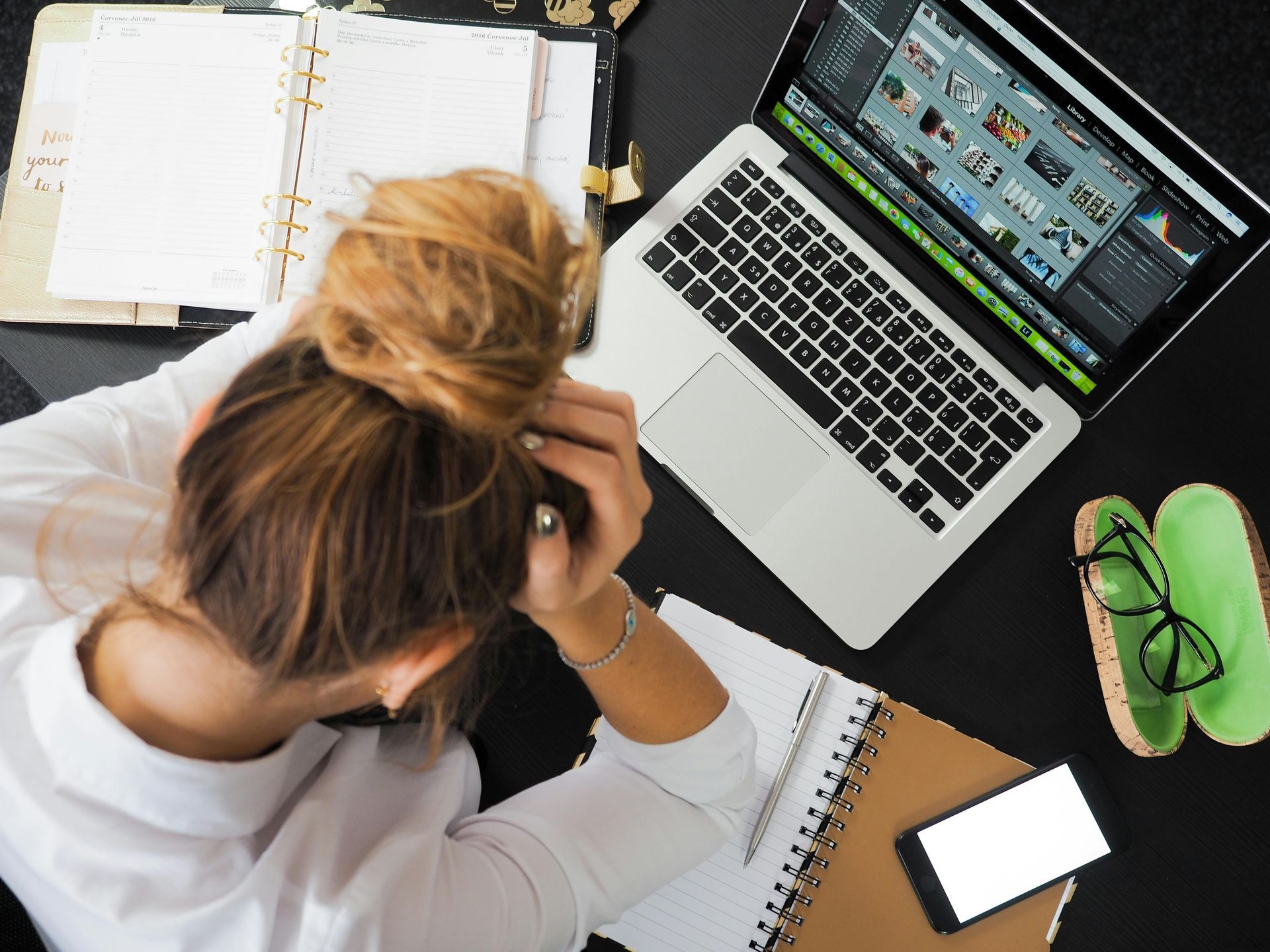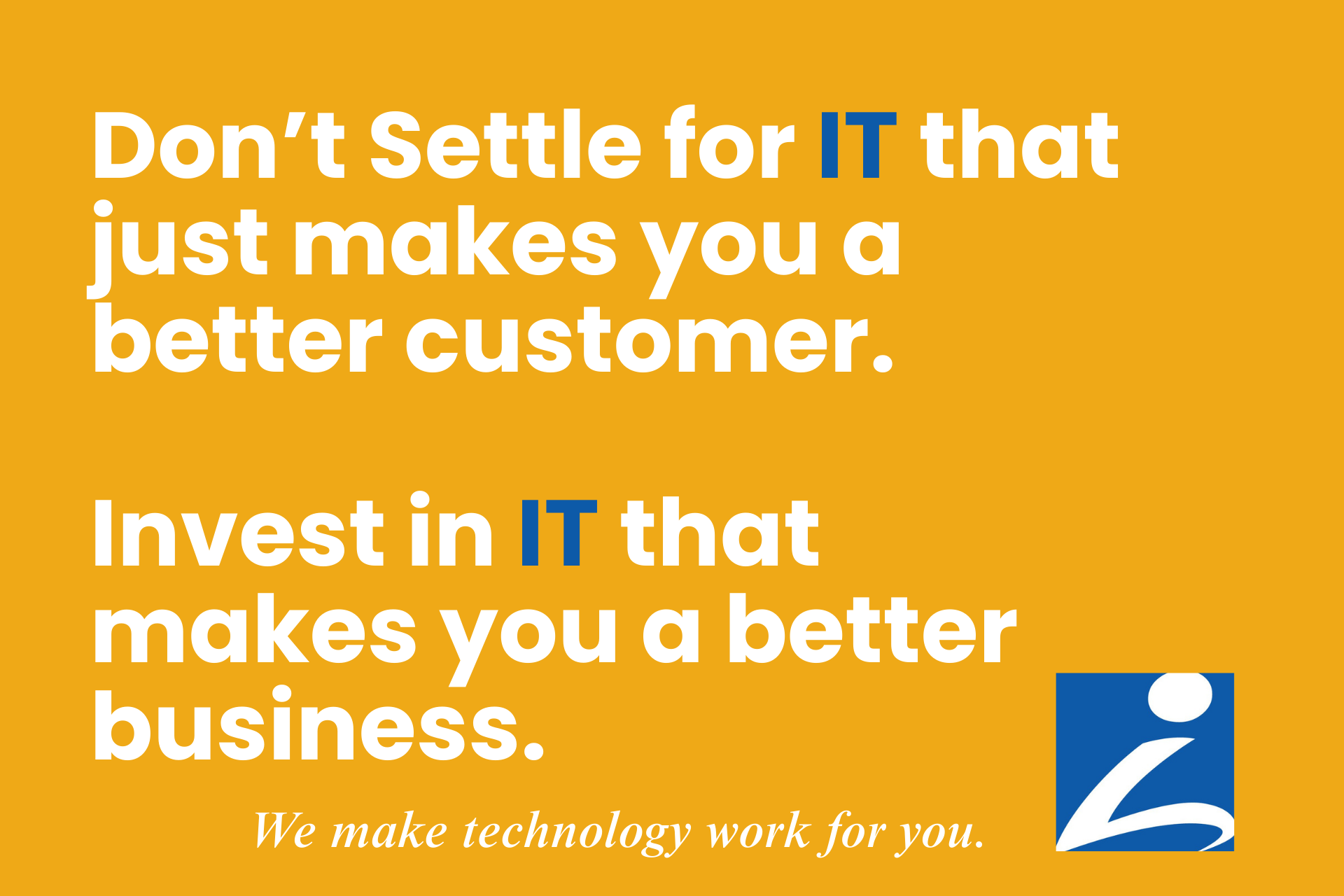
Why “Better Customer” IT Misses the Mark
According to research from Deloitte and Gartner, small businesses in the U.S. invest between 4% and 6.9% of their total revenue in technology—an expense that rivals core operating costs like marketing or facilities.
And of that total spend on technology, organizations report that about one-third of their tech spend goes unused: 32% for SaaS, 36% for desktop software, and 33% for data center applications. (Flexera, 2023)
That’s wasted spend. Instead of fueling growth, much of that investment benefits software vendors - making businesses “better customers” for technology rather than stronger organizations.
What Does “Better Customer” IT Look Like?
Many IT providers focus on renewals, upgrades, and subscriptions instead of outcomes. The result:
- Tools that go unused.
- Licenses that keep stacking up.
- Systems that feel like a burden instead of a solution.
Examples:
- A healthcare office buys new scheduling software but still spends hours on manual processes.
- A trade business invests in a new mobile app, but the field team never adopts it.
- A nonprofit gets discounted cloud tools but lacks training to use them effectively.
- This is IT that creates customers, not better businesses.
What Does “Better Business” IT Look Like?
The right IT strategy ties every decision directly to business outcomes.
Side-by-Side Comparison
IT That Makes You a Better Customer
- Multiple unused software licenses
- Focus on renewals & upgrades
- Vendor-driven recommendations
- Reactive support (fix when broken)
IT That Makes You a Better Business
- Right-sized tools with high adoption
- Focus on uptime, security, efficiency
- Business-goal-driven recommendations
- Proactive support (prevent issues)
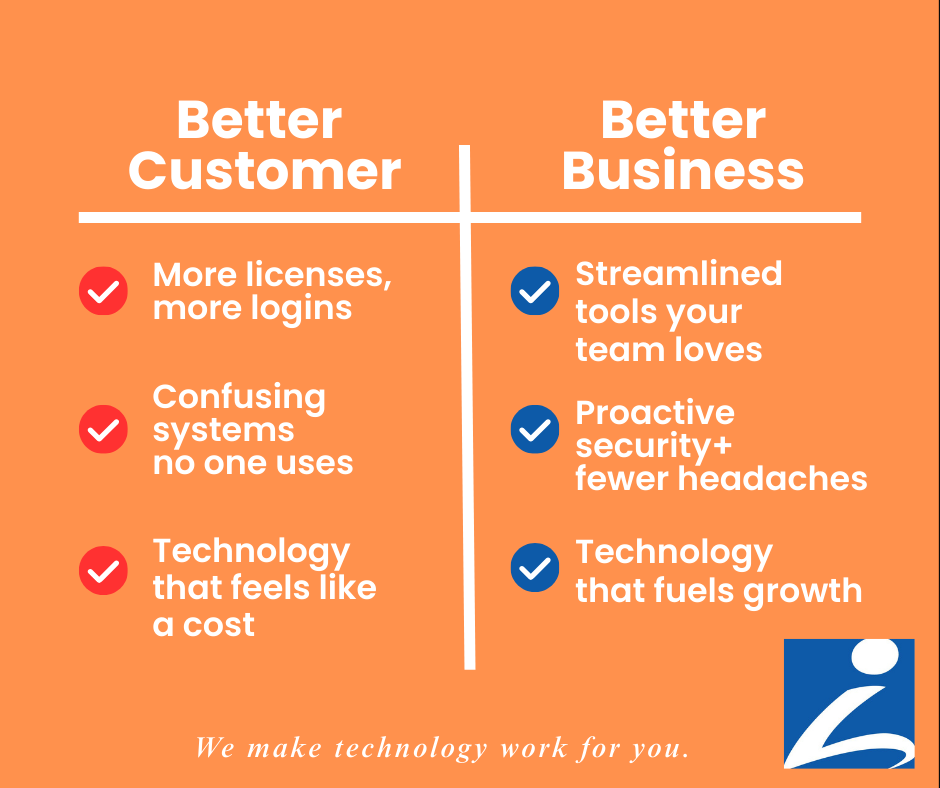
When IT supports productivity, security, and growth, it moves from being a cost center to a business driver.
How Better IT Looks in Practice
Private Schools
When Google Workspace for Education is properly deployed, teachers spend less time wrestling with logins and more time teaching. That’s hours gained back every week, real value beyond software licenses.
Healthcare Offices
HIPAA-compliant email, secure backups, and proactive monitoring protect patient trust while avoiding costly downtime or breaches. IT becomes part of care delivery, not a distraction.
Nonprofits
Affordable cloud solutions, paired with training, allow nonprofits to engage more donors online and track impact efficiently. Scaling impact without scaling headcount.
Trade & Service Businesses
Mobile scheduling and communication tools keep field teams on time and aligned with office staff. The outcome: fewer missed jobs and increased revenue per technician.
Why It Matters: The Evidence
- $427 per minute - the average cost of downtime for small businesses (IDC, 2023).
- The
financial burden of a cyberattack can include direct damages, forensic investigations, legal fees, loss of revenue, and increased insurance premiums, making it a potentially insurmountable cost for small businesses.
- 19.3% average IT cost savings annually when SMBs adopt cloud solutions (Microsoft SMB Report, 2022).
Interpretation: IT isn’t just a budget line item…it’s survival, growth, and long-term resilience.
How to Evaluate Your IT Investments
When considering IT services or solutions, ask yourself:
- Will this reduce our downtime?
- Will this protect our client data and reputation?
- Will this make our team more productive?
- Will this improve how we serve customers?
If the answer isn’t yes, you’re investing in IT that makes you a better customer, not a better business.
Closing Thought
Don’t settle for IT that just makes you a better customer. Invest in IT that strengthens your operations, secures your future, and positions you to grow.
👉 That’s the IT Systems, LLC approach:
- Practical, right-sized solutions that fit small businesses, schools, nonprofits, and service providers—without unnecessary complexity.
- Proactive support that prevents downtime before it happens.
- Secure systems that protect not only your data, but also your reputation.
- Aligned strategy where every technology decision connects back to business goals.
It’s not about more tools. It’s about better outcomes.
Related Reading
- Cloud Solutions for Growing Teams
- Why Cybersecurity Is Non-Negotiable for Small Businesses
- IT Services for Private Schools in Grand Rapids

